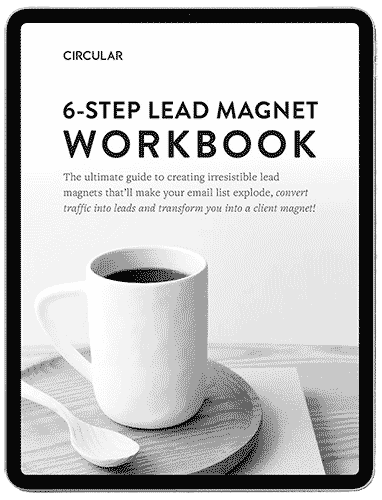Chronic Pain Mental Health Care Murray UT
I remember a time when my world felt like it was shrinking. Every day was a battle with chronic pain, and it seemed like no one understood that the physical agony was only half the story. The frustration, the hopelessness, it was all consuming. It felt like I had tried everything, but nothing was working. That’s when I learned that the most powerful tool for managing my pain wasn’t a pill, it was my own mind.
In this article, I’m going to share three powerful principles that helped me reclaim my life from chronic pain, right here in Murray, UT. These aren’t magic cures, but they are practical, evidence-based techniques that can help you feel more in control and find relief.

Principle #1: Reshape Your Pain with CBT-p
When you’re in constant pain, your thoughts can get stuck in a negative loop. You start thinking things like, “this will never end,” or “I can’t do anything anymore.” That’s where Cognitive Behavioral Therapy for pain, or CBT-p, comes in. It’s a way to identify those unhelpful thoughts and challenge them. It’s not about pretending the pain isn’t there, it’s about changing how you respond to it. By learning to reshape your thoughts, you can actually change your experience of pain. The National Institute of Health says that Psychotherapy, especially CBT, can be an effective part of a pain management plan. It helps you to feel better emotionally, which can have a big impact on your physical well-being.
Principle #2: Find Calm with Mindfulness
If you live in Murray, you know how beautiful it is. But it’s hard to enjoy a walk around Wheeler Historic Farm when every step is a reminder of your pain. Mindfulness is a simple but powerful way to find moments of peace, even when the pain is present. It’s about paying attention to the present moment without judgment. Try this right now: close your eyes and take a deep breath. Just notice the sensation of the air filling your lungs, and then leaving your body. You’re not trying to fix anything, you’re just observing. The Mayo Clinic explains that regular mindfulness practice can help to reduce the emotional distress that comes with chronic pain. It gives you a sense of control that you might have thought was lost forever.

Principle #3: Master Your Energy with Pacing
One of the most frustrating things about chronic pain is the “boom and bust” cycle. You have a good day, so you try to do everything you’ve been putting off, only to end up in bed for the next three days. Pacing is the solution to this. It’s about breaking down activities into smaller, manageable chunks, and taking regular breaks. This way, you can get things done without triggering a major flare-up. Psychology Today has some great articles on how pacing can help you to live a more consistent and fulfilling life, even with chronic pain. It’s a skill that takes practice, but it’s one of the most effective ways to manage your energy and improve your quality of life.
Ready to Take Control?
Living with chronic pain is tough, but you don’t have to do it alone. If you’re ready to try a new approach, one that puts you back in the driver’s seat, we’re here to help. Contact us today to learn more about how we can support you on your journey to feeling better.
Frequently Asked Questions
Can my mental health really cause chronic pain?
It’s not that simple, but your mental and emotional state can definitely make pain worse. When you’re stressed or depressed, your body is more sensitive to pain.
How can I deal with pain that feels unbearable?
It’s important to have a plan. Using techniques like deep breathing, distraction, and gentle movement can help you get through the toughest moments. Talking to a therapist can give you more tools to use when the pain feels overwhelming.
What’s the most common mental health issue for people with chronic pain?
Depression is very common. It’s a natural reaction to being in pain every day. Anxiety is also very common.
How do I mentally live with chronic pain?
It’s about shifting your focus. Instead of letting pain control your life, you learn to manage it and find moments of joy and purpose in spite of it. It’s a journey, but it’s possible to live a full life with chronic pain.

